Solana ETF’s Explosive Potential and Its Future If Approval Takes Place in 2025
Spot Solana ETFs have been a topic of discussion in the community recently. If approved, ETFs will open the door for institutional investors, who have strong financial potential, to participate in the Solana market. Let’s explore the potential of Solana and the future price of SOL with Coincu.
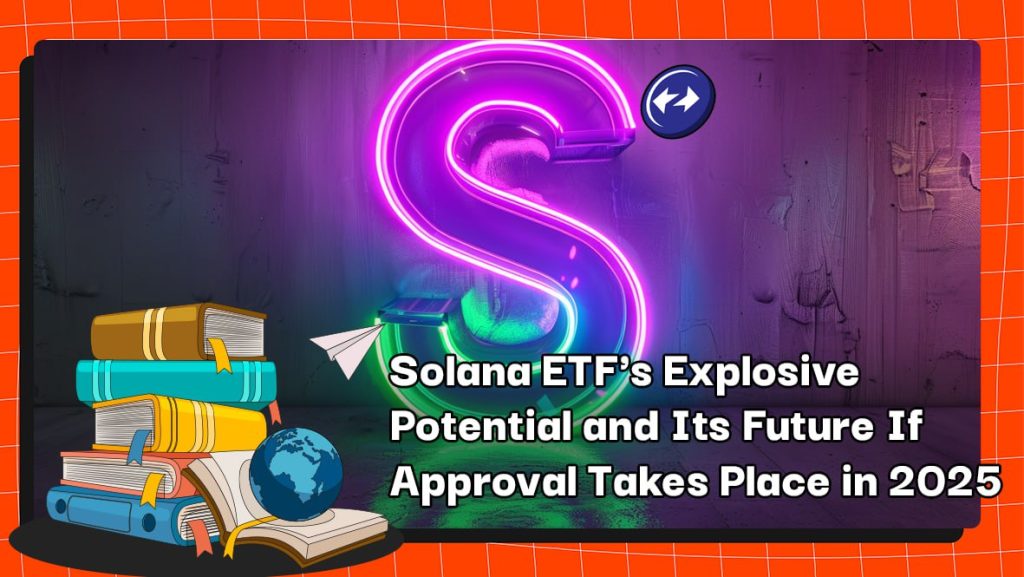
Introduction to Solana and ETFs
What is Solana (SOL)?
Solana is one of the top blockchain platforms for decentralized and scalable applications, created in the year 2017. It is overseen by the Geneva-based Solana Foundation and developed by the San Francisco-based Solana Labs.
Known for its incredible velocity and low costs per transaction, Solana simply has no competition compared to Ethereum. It is able to process about 50,000 transactions per second, way more than Ethereum can help in a second at a time—15 or less transactions per second—though with the ETH2 upgrade, things are bound to get lot faster.
SOL, the native cryptocurrency of the platform, skyrocketed to almost 12,000% in value in 2021 and hit its peak with more than $75 billion in market capitalization. Though steep, the rise was never resistant to the market slump in the year 2022, wherein SOL fell back to around $3.6 billion towards the close of that year. Despite these retrospectives, SOL had a strong comeback in style, re-claiming almost the lost market value a year later.
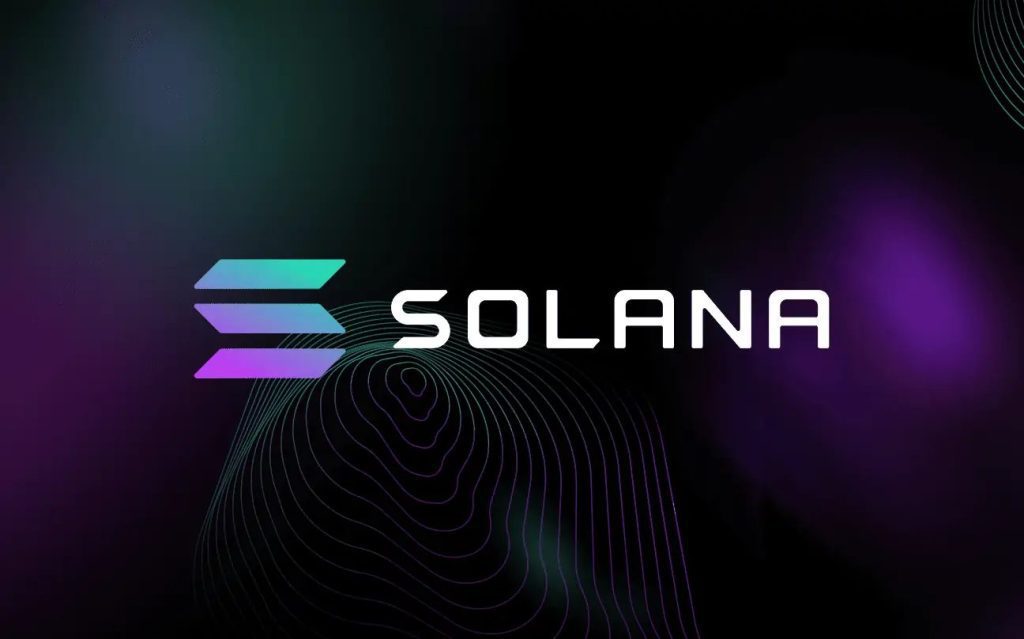
The key behind Solana’s innovations comes in the form of its consensus mechanism, which sequences transactions via timestamps and makes it efficient and scalable—what many call Proof of History. Whereas the early Proof of Work cryptocurrencies, such as Bitcoin and Litecoin, are extremely energy-intensive, Ethereum has evolved toward a proof-of-stake system in attempts to bring the energy consumption down by relying on ‘staking’ rather than ‘mining’ to validate transactions and secure the network.
It has spawned a good number of decentralized applications better known as DApps—from gaming platforms like Degenerate Apes to financial services, including the Serum decentralized exchange. This flexibility basically granted Solana the status of go-to, most viable platform for developers and users in the blockchain space at this point.
Read more: What Is Solana Crypto And How Great It Is?
Understanding ETFs
Exchange-Traded Funds (ETFs) are investment funds that are traded on stock exchanges and are designed to track the performance of a specific index, commodity, or collection of securities. ETF enables an investor to be exposed to a diversified portfolio of assets – the same way mutual funds do – but with an opportunity to behave in a rather flexible trading manner, just like stocks, within the market hours.
Benefits for investors lie in diversification and accessibility. Funds invested through ETFs put individuals in direct investment opportunities in the underlying assets, a category that may involve stocks, bonds, commodities, or other securities. This kind of diversification helps to spread the chances of a downturn across numerous investments, possibly lowering the portfolio’s overall volatility.
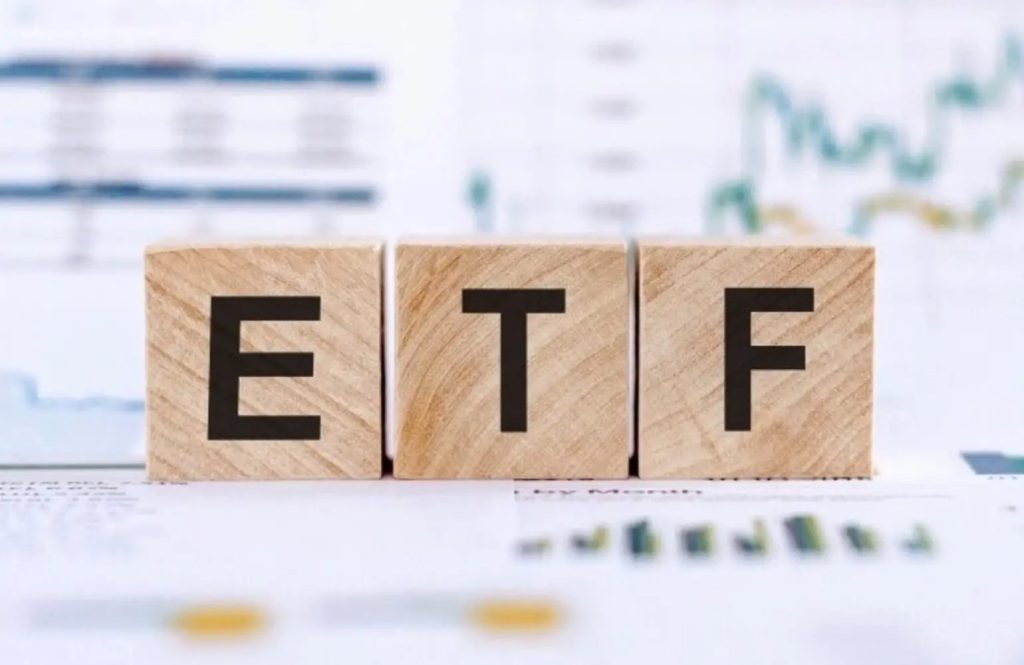
Not to be outdone, equally famous for the same flexibility, are the ETFs—that is, to follow diversified portfolios and/or strategies. For instance, variants tracking broad-market indices such as the S&P 500 allow individual investors the leeway to pick from ETFs focusing on specific sectors, geographic regions, or other investment themes. By this flexibility, it means several options based on tolerance to risk, investment goals, and what the runaway market dictates.
In addition, ETFs can be suitable for different investment objectives. They can be employed in income generation through dividend-paying stocks or bonds held within the fund. A speculative investor might use a leveraged or inverse ETF to increase a return or for market downturn hedging. Further, ETFs can be efficient tools of risk management, providing for possible off-setting of losses in other parts of an investor’s portfolio.
The first-ever ETF launched in 1993 as the SPDR S&P 500 ETF, with the ticker symbol SPY. It is registered and tracks the performance of the S&P 500 Index and gives investors exposure to the largest public companies in the United States.
The Potential of a Solana ETF
If a Solana ETF Is Approved, Here’s What May Happen
Any potential Solana ETF approval would entail all the implications for the cryptocurrency market and the wider financial landscape. Assuming such an ETF were to get a thumbs-up, the Solana ETF would power the rise in institutional interest and investment within this blockchain platform.
Probably the most important of the various attractions that make ETFs very attractive to institutional investors are regulatory oversight, trading conveniences, and smooth integration into an investment strategy. An approved ETF would make it easier to gain exposure to Solana without the hassle of managing assets directly, potentially attracting large institutional capital and improving market stability and liquidity. This might lead to SOL’s prices being further driven up.
Again, aside from the direct financial gains, an ETF listing would bring more credibility to the blockchain from the traditional finance world. As in the case of the Bitcoin and Ethereum ETFs, such a listing would act as tacit approval of Solana as a mainstream financial asset. The endorsement may win over more risk-averse investors who had held back due to regulatory uncertainties and get them on board with including Solana in their investment portfolios. More critically, it would spur innovation and adoption at all levels by convincing other blockchain projects to take the regulatory pathways.
This would have huge ripple effects in the broader cryptocurrency market. For example, a Solana ETF would pave the road for ETFs based on other cryptocurrencies beyond the two giants, Bitcoin and Ethereum. Diversification would give investors a wider variety of investment options and further the integration of cryptocurrencies into conventional financial systems. More blockchain projects competing with one another would drive innovation on scalability, security, and all other factors of user experience as projects look to meet the criteria set by institutional investment.
Read more: Solana vs Ethereum: Outstanding Speed Differences
How does Solana ETF Compare to Bitcoin ETF?
Since late May 2024, the SEC has been in the headlines following the green-lighting of spot Ethereum ETFs. Activity in the approval process of the said spot Ethereum ETFs was tied to serious issues registered first, generally focused on market manipulation and the optimum constitution of a strong regulatory framework. However, developments in market regulations and a weaved successful precedent established through the spot Bitcoin ETFs lent more than a helping hand to this kind of innovation.
Unlike Bitcoin and Ethereum, Solana (SOL) has not seen the introduction of the ETF. Further, the list of unregistered securities by the SEC is added, thereby translating to the various regulatory bottlenecks that Solana has to scale through in its particular classification of digital assets.
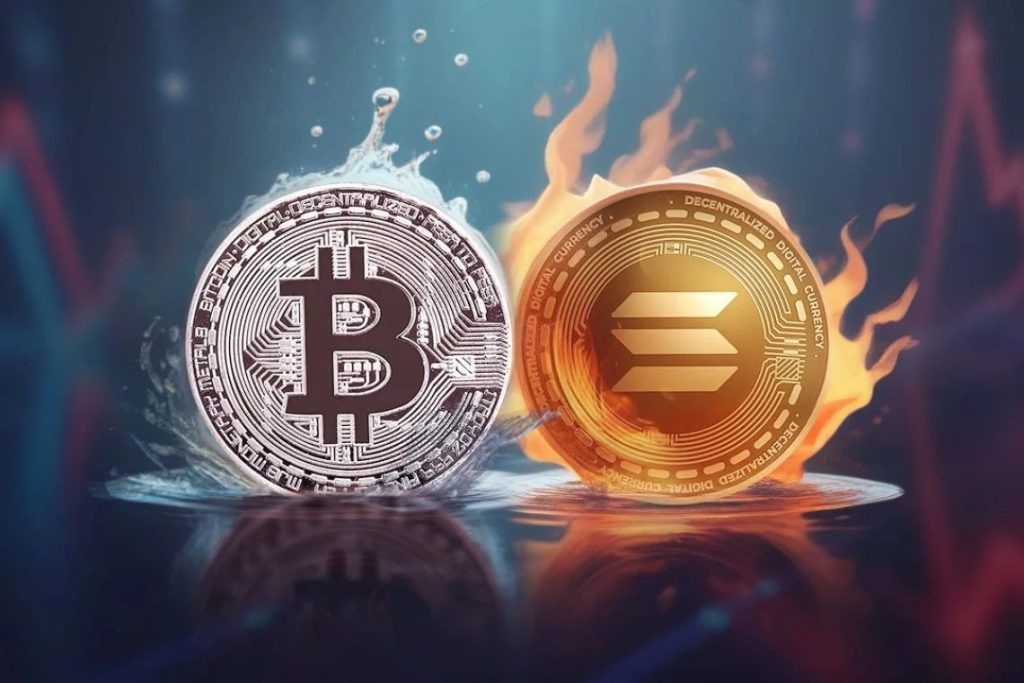
In view of the current regulatory requirements, this selection process for the launch of a spot digital asset ETF in the US is extremely limited. In particular, it can be assembled to have a federally regulated futures market, which applies only to Bitcoin and Ethereum so far. Lastly, a futures market must demonstrate several years of correlation before a futures-based ETF can progress to a spot product. As such, the opportunity for further spot digital asset ETF approvals over the medium term remains quite constrained.
Market sources report that Solana is among the few cryptocurrencies, where significant market demand, they observe, meets a high level of decentralization across the network. Solana has key features that the market analysis at GSR suggests could weigh upon ETF issuers’ decision to list a Solana ETF in the future.
Will There be an Approval of Spot Solana ETF from SEC?
Obstacles loom large. Historically, the SEC has been very unwilling to pass crypto ETFs, citing various concerns such as market manipulation and the lack of regulated futures markets in Solana. Unlike Bitcoin and Ethereum, which had established a futures market prior to being considered for ETFs, Solana does not really have that infrastructure in place. Further, past disruptions to its network cast aspersions on its reliability, impacting regulatory perception.

Reactions to the Solana ETF proposal range from an optimist who sees it as a breaker that can open the doors to many crypto ETFs and pessimists who do not believe it will ever get approved under today’s regulatory environment. The ETF, if all goes well, could thus set precedence for the rest of the cryptocurrencies, depending on how regulations may evolve. As political winds blow in change, so the regulatory environment might, which would then either improve or worsen the crypto ETF fate.
How Will a Spot Solana ETF Approval Impact SOL Price?
Will SOL Price Surges After ETF?
Looking back at what occurred immediately after the price of Bitcoin, affected by the influence introduced by spot ETFs, may let us clearly understand the prospective impact that a spot Solana ETF will have on the SOL price. One of the most significant factors that caused Bitcoin’s price to rise from $24,760 in October to over $73,000, representing an amazing 3x increase, was the talk of a possible spot Bitcoin ETF.
With that in mind, we can add some relative sizing and inflows of Solana to its price movements against Bitcoin. As shown below, inflows into Solana have been pretty brisk over the last year and now account for 9% of Bitcoin’s inflows in 2023.
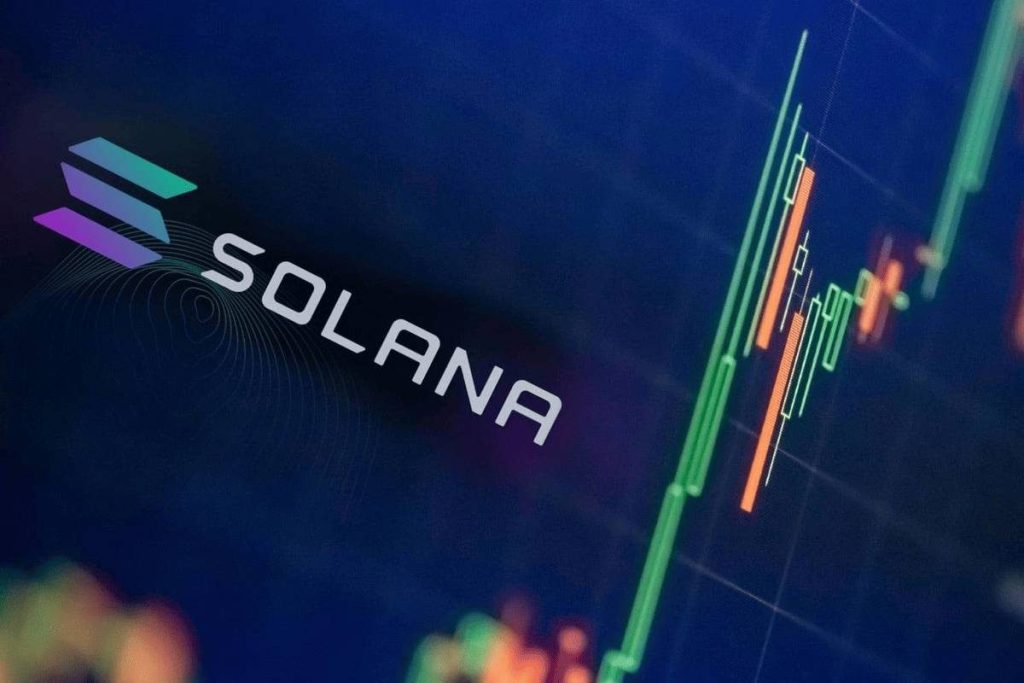
Now, if we were to apply this multiplier effect that occurred with Bitcoin to Solana, Solana would see a huge price run. In fact, in an extreme case of optimism, Solana could be more than 27 times higher and up from here. Such an expectation would be based on expectations that a spot ETF on Solana will result in huge inflows, similar to what happened in the case of Bitcoin.
Many arguments suggest that Solana’s price could affect these estimates even more. Unlike Bitcoin, Solana is staked and within decentralized applications. This sort of active utility will run the price increase up the flagpole above a simple comparative analysis with BTC. Also, the relationship between relative inflows and relative size is not linear. With such potential, it is very possible that the SOL price will explode from its all-time high currently at $260.
Read more: Solana Staking: How To Stake SOL For The Best Rewards!
Expert Insights on Solana ETFs
The recent submission of Solana ETF filings to the SEC marks the onset of some important discussions within the financial community. According to Nate Geraci, President of ETF Store, the critical deliberations will start the very moment the SEC acknowledges these filings.
Bloomberg analyst James Seyffart has called for huge inflows into the spot Solana ETFs over time, to the tune of $3 billion. He based the estimate on the relative proportion that the market capitalization of Solana holds to that of Bitcoin, arguing Solana ETFs could garner about 6% of inflows seen in spot Bitcoin ETFs.
Ophelia Snyder, co-founder and president of 21.co, which is sponsoring and subadvising ARK Invest’s spot ether ETF, strikes a more balanced tone. She doesn’t think that the green light for the first Ethereum ETFs would necessarily open the floodgate for more financial products such as these.
Bloomberg ETF analyst Eric Balchunas said the political influence might have been the one that fast-tracked these Ethereum ETFs to approval. In particular, he points to a statement from former president and current Republican presidential nominee frontrunner Donald Trump. Back at a May 8 rally, Trump came out in support of cryptocurrency, suggesting political considerations may be at play in the Democratic Party’s stance on crypto assets.
SOL Price Prediction 2025 – 2028
A report from GSR Markets suggests that the listing of a spot Solana ETF in the United States might see SOL prices significantly move. It assumes the price of SOL, within the higher end, skyrocketing by as high as nine-fold. This prediction works under the assumption that spot Solana ETFs would garner flows equal to 14% of those seen by spot Bitcoin ETFs. In the most bullish case, Solana’s price could reach more than $1,320, while its valuation could rise to $614 billion. Of course, more modest growth predictions include bearish and baseline scenarios with 1.4x and 3.4x price increase estimates, respectively.
The price of Solana will hit a pivotal midpoint by early 2025, setting the stage for an uptrend through the first two quarters. Though this might look optimistic, a bearish trend is due to take over towards the end of 2025, extending into 2026. At such times, the price of Solana will portray the continued downward trend, scalding to the trough of the current bear market.
The report, however, has brooded a gradual recovery for Solana from this downside trend but at large, the bounce back would not be vigorous. The price of Solana might improve towards the end of 2028 as compared to the previous lows, probably trading between $980 and $1,540.
Who Has Filed for Solana Spot ETF?
Currently, only VanEck and 21Shares have filed applications to launch spot Solana Exchange-Traded Funds (ETFs). VanEck submitted their filing on June 27, followed by 21Shares on June 28. Both ETFs are set to trade on the Cboe BZX Exchange.
Read more: Solana TPS: How Many TPS Can Solana Handle?
Is There a Futures-based Solana ETF?
While a futures-based Solana ETF is yet to be listed in U.S. markets, several alternative products that answer this demand exist.
Among them is the Grayscale Solana Trust (GSOL). Similar to an ETF, this trust provides investors with an opportunity to get exposure to the movement of SOL prices without the hassles of purchasing and protecting the tokens themselves.
Investors can also choose the VanEck Solana ETN. An ETN, or exchange-traded note, is going to give people an opportunity where their return can be based upon that of the SOL. ETNs, such as the VanEck Solana ETN, provide investors with exposure to the price dynamics of SOL while tracking either an underlying index or asset.
Conclusion
The launch of the Solana ETF could bring many great benefits, but the road to approval is not as easy as the Bitcoin ETF or Ethereum ETF. However, we can still have hope with the positive changes in legal issues of the crypto market recently and the upcoming US election will certainly play a significant role in the first Solana ETF going public.
FAQs
Can SOL reach $1000?
If Solana ETF approval resonates, it could fuel fresh upside potential for SOL. With the current cycle, the appearance of a Solana ETF in 2025 could help SOL surpass the $1,000 mark.
Will There Be a Solana ETF?
This is subject to regulatory oversight which is likely to increase and lead to stricter compliance and oversight requirements.
How to Buy Grayscale Solana Trust?
All investors with access to US stocks can buy and sell freely tradable GSOL Shares through their investment accounts. This means you are a US citizen or investor with a legitimate stock trading account at OTC Markets.
| DISCLAIMER: The information on this website is provided as general market commentary and does not constitute investment advice. We encourage you to do your own research before investing. |























